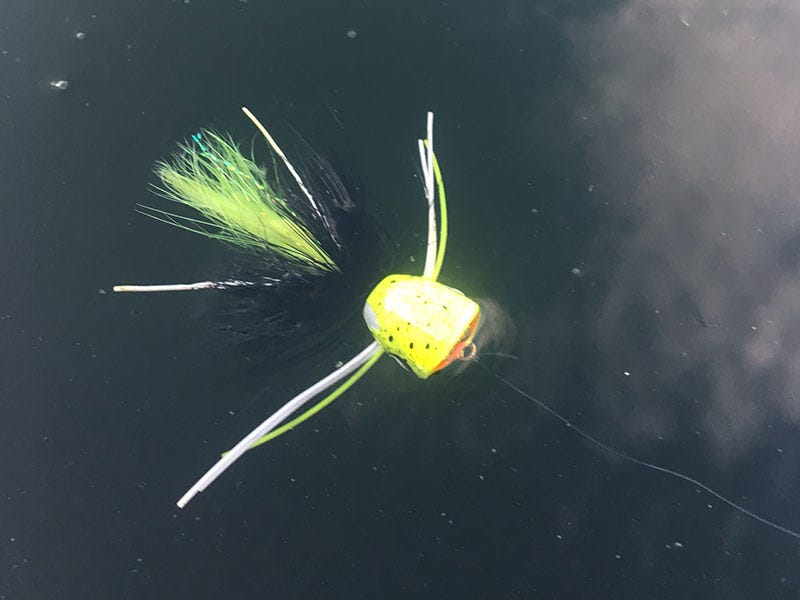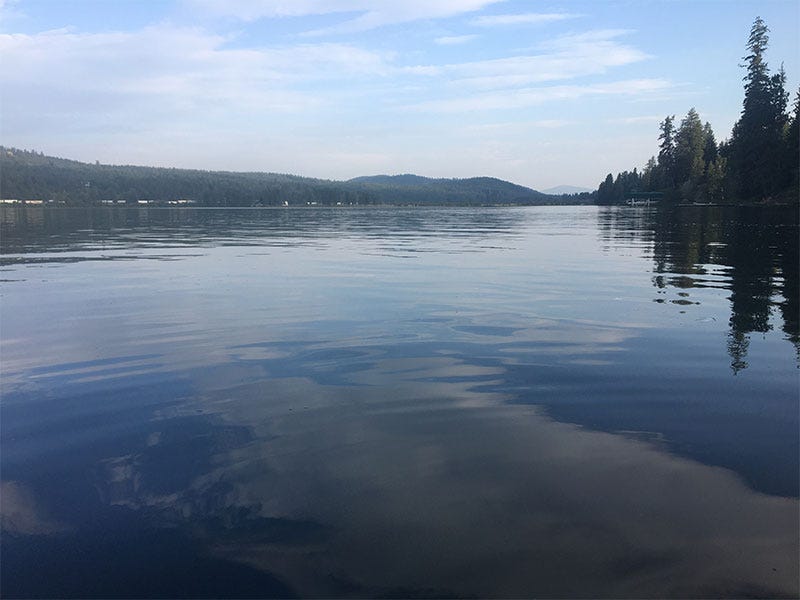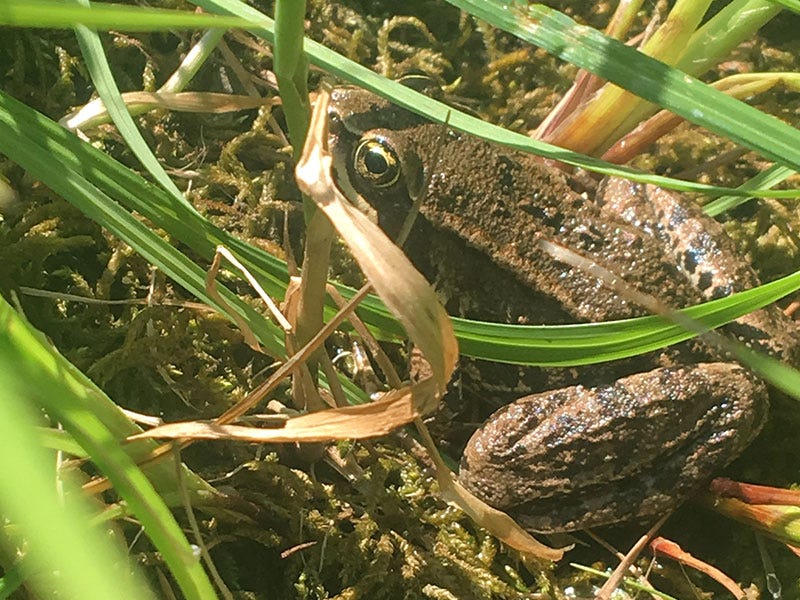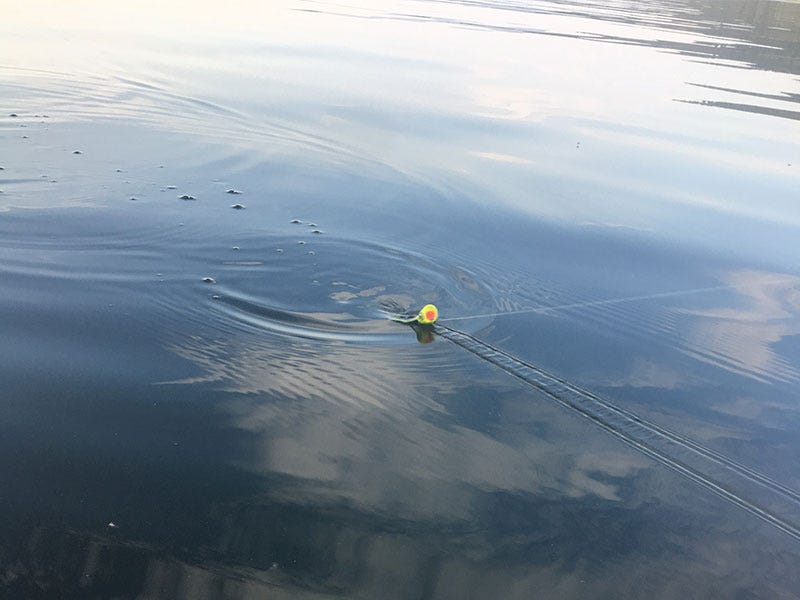Fly Fishing 101: Do’s and Don’ts of Bass Fishing with Poppers/Divers


Whether you are chasing stripers, smallies, largies, or peacocks, fly fishing with poppers and divers is simply exhilarating. Watching bass crush my topwater fly on Lake Pend Oreille makes my heart skip a beat every time. Although catching bass on poppers is exciting, it can also be challenging. It is important to understand the do’s and don’ts to using poppers and divers.
Leader and Tippet
Selecting the correct leader for chasing bass is crucial. If you choose a leader too light, the popper will snap off in your backcast, or in a bass’ mouth. If you chose a leader that is too strong and thick, the bass will see the leader and not eat the fly. Length is also something to consider. Too long of a leader won’t turn over the fly while casting and a short leader is close enough to the fly line to spook the fish.
Searching for leaders and tippets? We have you covered. Check out our selection.
My preferred leader is a 9ft. 1X leader for most summer scenarios. If the water is off color, due to runoff, you might be able to get away with a 7.5ft. 0X leader. The benefit of using a shorter and stronger leader is that you will be able to turn over larger poppers easier, and horse in bass quicker once hooked.

Places to Fish
Obviously, you don’t want to fish a part of the lake that doesn’t hold bass. With that in mind, you also don’t want to fish somewhere that holds fish and they are too deep to see your popper. This is why I prefer to fish 4 to 10-foot weedy/gravely flats, preferably near drop-offs. Flats are great, but a flat near a drop-off is ideal. Smallies, especially, will spend most of the day along drop-offs crushing unsuspecting baitfish. They will then move into the flats to feed on helpless prey. However, flats aren’t all that bass cling to. Docks, fallen trees, stump fields, and large submerged boulders are also fundamental locations to find bass that are willing to eat poppers.
Know before you go. Read our latest fishing reports here.
Conditions
You might be fishing the perfect structure with loads of bass on the fish finder, but if conditions aren’t right, you may leave empty-handed. You’ll want to check the water temp before you start fishing. I normally don’t start throwing poppers and divers unless surface temps are 60°F or higher. Bass are more sluggish and less willing to chase a surface fly when water temperatures are in the 50’s or lower. The time of day is also a huge factor. Bass are more willing to eat surface flies as the sun is rising and setting. It’s not that bass won’t eat poppers and divers midday, because they will. Rather, you will find that your chances of success greatly increase when the light is dim, and bass are on the prowl. Another factor to consider is lake conditions. Calm water or a light rifle is a great topwater environment. The action of the popper and the diver is easy for the bass to see and stalk on the lake’s surface.

Fly Selection
So, you’re at North 40 Flyshop staring at the selection of different poppers and divers, not knowing which one to choose. The truth is, you need at least three different variations to effectively fish topwater. You’ll need light, dark, and frog. I use light color flies like white, chartreuse, or fluorescent orange on sunny days with 5-feet or more of water clarity. Dark poppers work best when fishing at night, and cloudy/rainy days. Believe it or not, dark flies are easier for fish to see on overcast days. Dark flies have a more pronounced silhouette against the gray clouds than light colored flies. Frog poppers are an excellent choice when fishing near weeds or lily pads. It’s places like this where a bass’s primary source of topwater food may be frogs.
Do you have your three different variations? Check out our flies here.
Technique
The first thing I do after my popper smacks the water is to wait. Let your fly sit on the surface for a good 5 to 10-seconds before starting your retrieve. I have caught a lot of bass just by allowing my popper to sit. Once you decide to begin your retrieve, make it a fishy one. If you have ever seen a crippled baitfish struggling on the surface, you will agree that it is anything but predictable. That’s how you want to perceive your popper. Strip, strip, pause, strip, long pause. Get creative with your retrieval and put yourself in your popper’s shoes. Speed is also something to consider. The problem is, the only way to figure out how fast the bass want your popper to be moving is through trial and error. Fish your popper fast, slow, and everything in between.

The Take
More often than not, the bass will miss the fly the first time. It is imperative to not set the hook each time a fish busts up your fly. I suggest giving your fly a quick strip or two to feel if you have any weight on the other end immediately after the strike. If you feel the fish, then give’m a good ol' north Idaho hook set. If the fish missed your fly, all you have done is moved your fly a foot away from the blowup.
After I miss a fish, I always make a point to allow that fly to sit for a good 10 seconds. This makes the fly seem like it just died from the impact of the bass or is stunned. A couple of small twitches is also encouraged in this scenario. Often times, the bass simply hold underneath the fly, waiting for its prey to make the next move. “T-Rex doesn’t want to be fed, he wants to hunt.” After you have done your “stunned baitfish” routine, return to a normal technique of being erratically unpredictable.
If you haven’t fished poppers already, you’re missing out. It is my favorite way to fish for bass. Not only do you get to watch large bass erupt on your popper or diver, but it is an extremely effective way to fish when conditions are right. Now is a great time to get out on the lake and try out the do’s and don’ts to fishing with poppers and divers.
